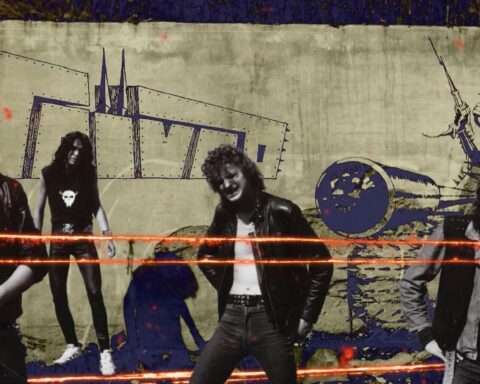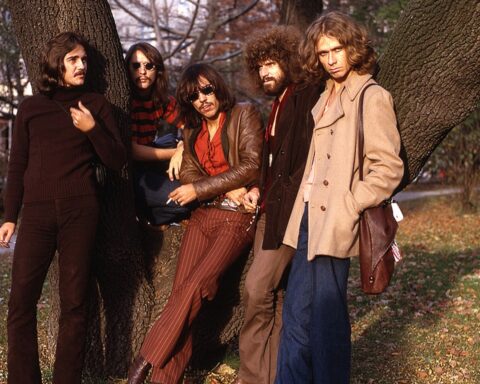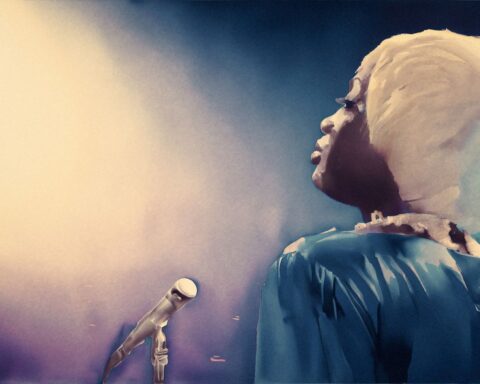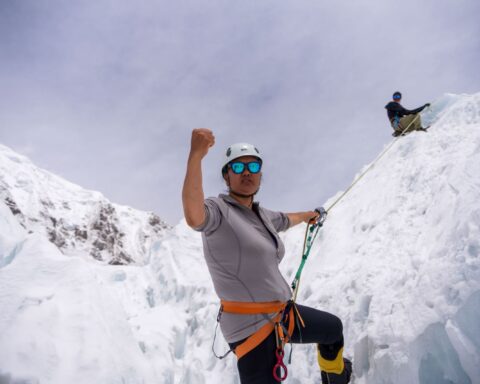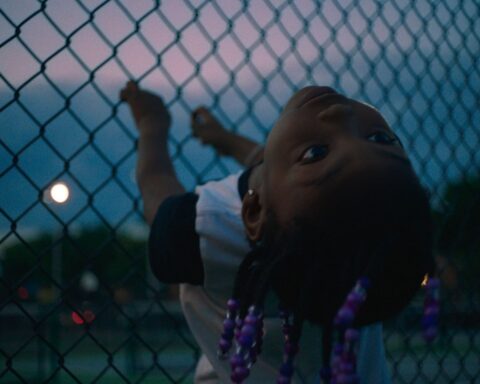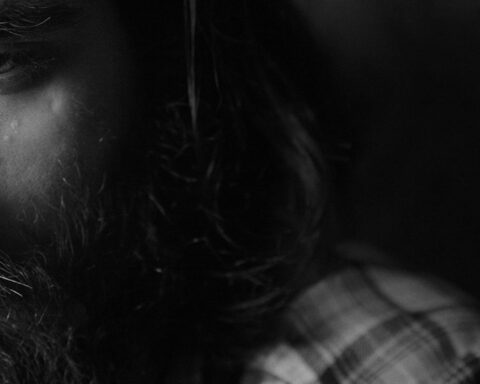In the weeks leading up to last year’s Hot Docs festival, Turner Ross and his brother, Bill, were wrestling with a tough decision.
The makers of 45365 had finished the final edit of their new project, Tchoupitoulas, in February. With the festival coming up in April, they had just a few weeks to ensure that one of the most compelling aspects of the film—the music—was cleared and ready to go in time for the scheduled Toronto screening.
“You have to wait until you have a final edit to see what’s going to be in there,” Turner Ross explains on the phone from his home in Santa Fe, N.M. “You can’t clear when you don’t know what you’re using yet. But we knew that as soon as the final edit was ready, we had to raise a bunch of money.”
How much? At a minimum, they estimated it would cost $38,000 to clear the rights of the songs they absolutely had to use. It would cost even more if they used every piece of music they wanted. Tchoupitoulas is a verité-style film that follows three young boys one summer night as they explore the bluesy, nocturnal streets of New Orleans. When traditional Dixieland jazz tunes aren’t guiding you through a scene of the film, soulful, southern melodies seep through the cracks of the pavement of Tchoupitoulas Street. Frankly, Ross brothers aside, could anyone make a film about New Orleans without including music?
But there was still $40,000 between the Ross brothers and an audience. They apprehensively set up a campaign on Kickstarter, the fundraiser website, and to their surprise, more than 700 supporters came through, raising about $56,000 to clear the rights. The first audiences to see the film, first at South by Southwest, then at Hot Docs, raved.
Ross reflects back on what he and brother Bill learned in the process. He says the Kickstarter campaign earned publicity for the film and broadened their industry network, but then he jokes, “[We learned] that we shouldn’t make movies with any music.”
Whether it comes to commissioning a composer to create a score for a film or paying high fees for the permission to use songs, for a lot of documentary filmmakers, music is an afterthought. More commonly, they raid the online racks of Royalty Free Music or other cleared music databases to secure cheap music fast.
“Part of that is really just the experience of the filmmaker, and the budget,” says David Tucker, a Gemini–award–winning documentary filmmaker and media teacher at Ryerson University. “Those are the two big factors in how music is handled. It’s expensive to use music, so filmmakers who are working on a shoestring will get cleared music that kind of fits. But it becomes a wallpaper if it hasn’t been carefully thought through.”
Jay Cheel, a St. Catharines, Ont., filmmaker and critic on The Documentary Blog, says that although cost is a challenge, many filmmakers simply want to get a story out into the world and aren’t necessarily thinking of the project beyond that.
“I think for a lot of filmmakers, their concern is to present their information, and it’s not really thought of as a piece of cinema,” says Cheel. “It’s the information that’s supposed to be hitting you, not the great use of music or the cinematography. So they’re falling back on buying, you know, RoyaltyFreeMusic.com or those libraries of music you can search by just typing in whatever type of scene it is.”
But for others, music is top of mind from the beginning of the process. The Ross brothers took scrupulous notes while they shot Tchoupitoulas, jotting down the names of performers that appeared in their footage or writing down the names of songs they heard on WWOZ, a New Orleans radio station that they felt would work well in the film. When 33-year-old Cheel made his first film, Beauty Day, about a wacky stuntman who made television history on public access in the ’90s, he excitedly cut sequences the same day he shot them, often with songs plugged in so he could edit in synch with music.
With a soundtrack that boasts experimental electronic pop by Baltimore’s Dan Deacon, plus music by the legendary Talking Heads, and is rounded out by originals composed by members of the band Do Make Say Think, Beauty Day is a doc that works for the audience’s ears as well as eyes. Cheel felt that music was another tool he could employ to give his audience insights into his colourful subject. He cites the opening scene of the film, where Ralph Zadavil, a former television stunt devil who called himself Cap’n Video, is wearing headphones while going to work. A song by Canadian prog-rock band Triumph wails over the images.
The song, paired with Zadavil’s cut-off jeans, tank tops and electrocuted-blond hair, gives the impression that he yearns for the past, perhaps for the days when Triumph was ruling the radio and he was a local cult hero in St. Catharines on cable-TV. And anyway, he must like it because he’s listening to it on his headphones, right?
“The funny thing with that is it’s completely false,” Cheel says. “Ralph was actually listening to the Foo Fighters. But to me, that felt wrong. It was too modern and it got in the way of the nostalgic, retro sense of who Ralph is. I purposely chose this music to represent Ralph.”
Evan Prosofsky, a 23-year-old music-video cinematographer and editor, recently raised $4,885 on Indiegogo to pay for a sound designer and an original score by Dirty Beaches for his first documentary film. Waterpark is a 20-minute film that reveals a strange, otherworldly perspective on West Edmonton Mall’s enormous water park. In the trailer, a hyper-reality of plastic water slides and slow-motion spouts of water glistening in the sun coming through the park’s grand glass ceiling is set against a buzzing, screeching wall of sound.
“I made it as much for someone who has never seen a water park before as I did for the people I grew up with in Edmonton,” Prosofsky says. “I want them to reimagine the space. It’s a circus, and it’s really absurd to me that someone would make a fake tropical paradise in the mall.”
Growing up in Edmonton, Prosofsky worked at the mall’s Urban Outfitters store. He spent each 15-minute lunch break at the peaceful water’s edge of the park, with its fake trees blowing in a fake wind and the sound of fake artificial waves washing up and over the edge of a swimming pool.
Since it’s impossible to record anything in such a large, echo-prone space, Prosofsky has only managed to capture a loud, hissing noise when he’s attempted to get the sounds. So part of what Prosofsky raised will go towards hiring a sound designer to splash around a bathtub or use other methods of re-creating the right sounds of the park. “I guess it’s, at its core, about experiencing the water park as truthfully as possible,” Prosofsky says on the phone from his home in Montreal. “You can completely change what people think of it with sound.”




